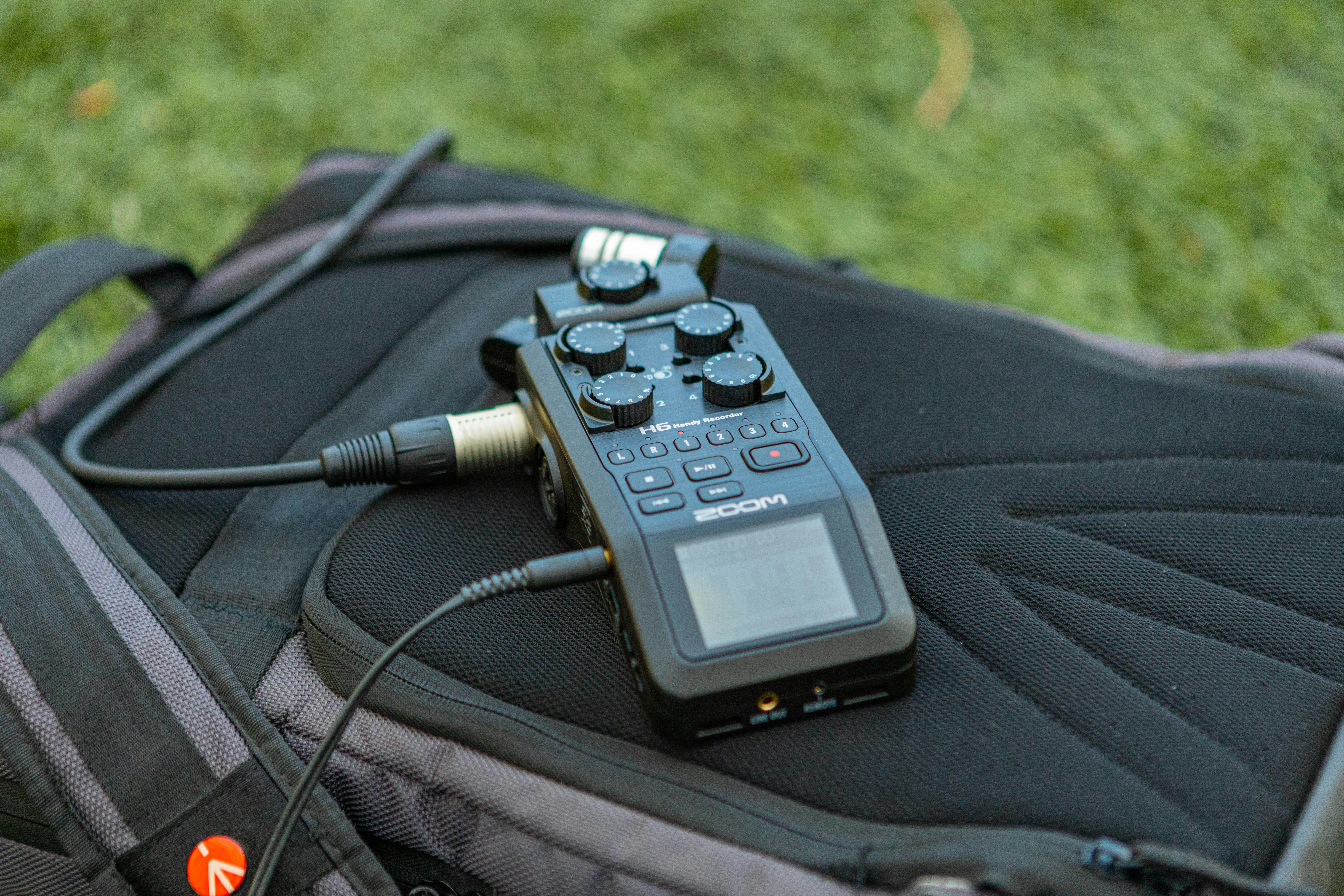Best practices for conducting semi-structured interviews
Conducting a successful semi-structured interview requires careful planning and intentionality at each stage, from selecting participants to designing the questions. Choosing participants who are well-suited to the research topic is key. For instance, if the research focuses on a specific cultural practice, respondents with direct experience or knowledge of that practice will provide the most relevant data. It's also important to prepare thoroughly for the interaction. Researchers should avoid using jargon or overly complex language when asking questions, and they should adapt their language based on the respondent’s background. Adjusting the approach depending on whether respondents are adults, children, or speakers of different languages ensures that the conversation remains accessible and productive. Researchers should also consider the equipment used for data collection. While the audio recorder on a smartphone may be sufficient for capturing most interviews, professional equipment might be necessary in noisier environments or when more nuanced data, such as body language or facial expressions, are essential for analysis.